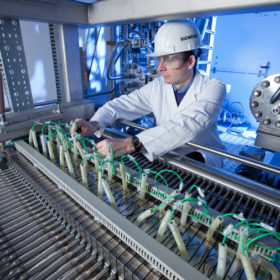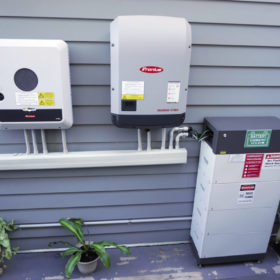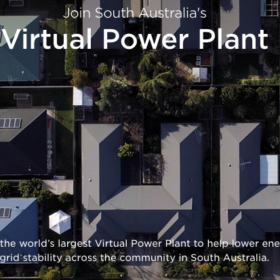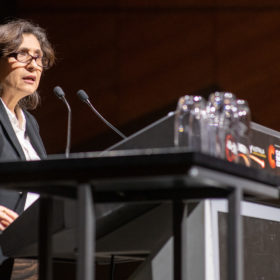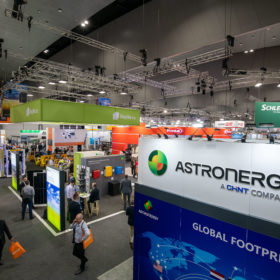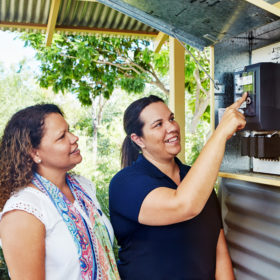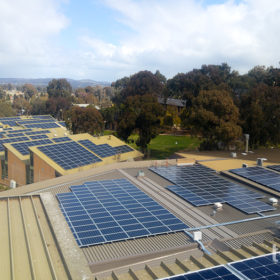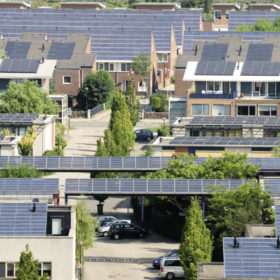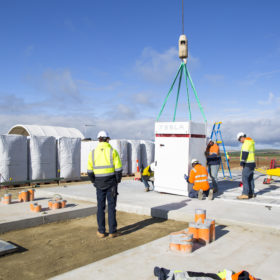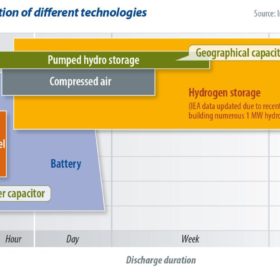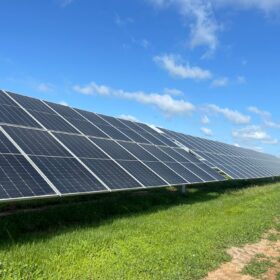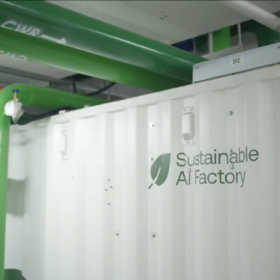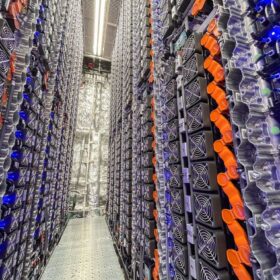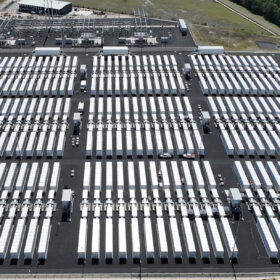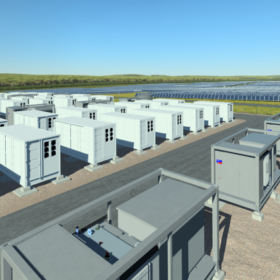Australian Hydrogen Council supports emerging export market
The move by Standards Australia has set the stage for Australia to play an important role in the growing hydrogen economy. Eight international standards for hydrogen were adopted in the process. The time is now, argues the Australian Hydrogen Council Fiona Simon, for these standards to be adopted into regulations to enable a new hydrogen export industry.
Long read: Distribution constraints drive battery demand
With 82,000 cumulative system installations, Australia ranks among the world’s leading markets for residential energy storage. But uptake is still sluggish, thanks to long payback periods, and market developments are only now beginning to emerge. That said, forecasts are still bullish for batteries Down Under – it is only a question of when.
SA social housing to become world’s biggest VPP
3,000 social housing properties in South Australia are to be transformed into the world’s largest virtual power plant (VPP). Tesla has picked up a grants ARENA and the SA Government, and an investment from CEFC to execute the $60.6 million project, which is intended to deliver lower electricity costs for residents and a more stable grid.
VRET-2 takes shape as a part of Victoria’s Covid-19 recovery plan
The Victorian state government is sounding out the market to support the development of “at least 600 MW” of renewable energy projects in the state. Building on the VRET program, which saw close to 1 GW of wind and solar development under reverse auction, the government is looking to foster a renewables-led recovery from the pandemic.
All-Energy 2020 cancelled as Covid-19 crisis continues
Australia’s leading solar industry event will not take place in 2020. The organisers of the All-Energy Australia show announced the decision today, noting that the decision was made “with everyone’s health and safety as our number one priority.”
The weekend interview: Empowering reconciliation
Western Australia’s Horizon Power is relatively unique among electric utilities – it supplies small cities, big and small agricultural and mining operations, and some of the most remote indigenous communities in the world. It has been a genuine pioneer in delivering cheaper, cleaner power through a combination of renewables and energy storage. It’s also awake to the opportunities for solar and storage to empower the Aboriginal and Torres-Strait Islander communities it serves, explains Horizon’s Roanna Edwards.
PV exports in doubt as rooftop solar surges
The ability to feed electricity from rooftop PV arrays into the distribution network may be severely limited in the future, as installations appear likely to exceed expectations. A Cornwall Insight forecast sees some 24.45 GW of rooftop solar to be added through 2030 – a rate at which accelerates the need for a distribution-level market and may see connections curtailed in the future.
Farm to table, the energy way
The emergence of the prosumer has been a feature of the rise of rooftop solar. But it can go far beyond the individual household or business, argues Frédéric Gastaldo, CEO of Tiko Energy Solutions. Gastaldo says that by connecting PV and other renewable arrays, true energy communities can emerge – accelerating clean energy uptake.
Interview: Hornsdale expansion powering up, set to tackle SA curtailment
Testing is currently underway at the Hornsdale Power Reserve in South Australia, recently expanded to 150MW/193.5MWh. With the added capability to provide grid inertia, owner Neoen reports that it will support the grid and reduce curtailment affecting its wind farm assets in the state. pv magazine Australia spoke to Romain Desrousseaux – the company’s deputy CEO and head of international development – about the expansion.
A closer look at hydrogen infrastructure
Momentum is building for a new era of the hydrogen economy. Green hydrogen production is decreasing in cost, as greater levels of renewables are being integrated into the grid, and countries are developing hydrogen plans. Shayne Willette from Navigant sets out how, as a result, hydrogen is increasingly recognized as a potentially significant contributor to the decarbonization of the energy sector.

